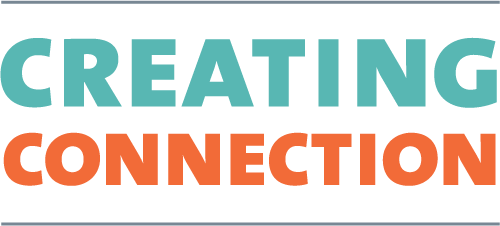Colleen Dilenschneider, chief market engagement officer at IMPACTS Research & Development and self-proclaimed data nerd offers a compelling look at the data behind free admission days.
Turns out, they’re not as effective at reaching underserved or affordable access audiences as we might think. A quick summation of her findings below, though it’s worth your time to dig into the full article on her site, Know Your Own Bone.
Why free isn’t everything it’s cracked up to be:
Admission price is not usually the primary barrier to visitation. Rather, time, transportation, parking, and reputation play a big role here too.
Free days attract audiences with higher income and higher education levels than paid days, AND they’re bringing in repeat audiences, instead of new. (Sorry, despite what we may want to believe, the data overwhelmingly points to this as the rule, rather than the exception.)
Most organizations aren’t actually reaching affordable access audiences when marketing free days. Instead, we keep pushing out our content via traditional platforms—social media, direct mailings, email marketing—and, if they’re truly "underserved", they’re probably not on those lists yet.
So, should we give up on free admission days?
Probably not. But we should think about how our programs and messages are reaching audiences beyond our own (i.e., don't rely on your current list)—and we need to make some critical investments of our own time and money to understand how to do that.
Get started by checking out our toolkit for some tips on the language, programs, and audience engagement approaches that can help you think outside the box.

